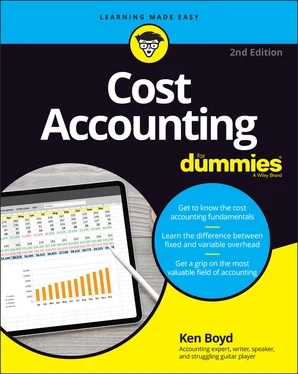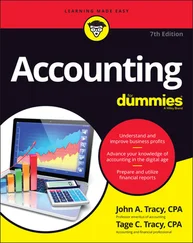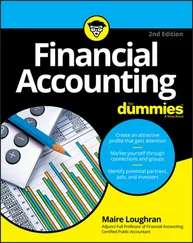Work-in-process control account
| Debit |
Credit |
| $5,000 |
|
|
$2,000 |
You reduce one asset (work-in-process control account) and increase another asset (finished good control account). If the month ends with no other activity, the ending balance is $3,000 ($5,000 – $2,000).
Again, there’s no disappearing money. The “other side” of the transaction hits the finished goods control account.
Finished goods control account
So one more time, you reduce one asset (work-in-process control account) and increase another asset (finished goods control account).
At some point, you sell what you made. You’ve got $2,000 in finished goods. Because you make custom cabinets, there’s one customer. The finished goods control account shows this:
Finished Goods
| Debit |
Credit |
| $2,000 |
|
|
$2,000 |
You are almost home. When goods are sold, you reduce (credit) the finished goods account and increase (debit) cost of goods sold. And that’s an expense account. At last!
Cost of Goods Sold
The difference between your sale price and the cost of goods sold is your profit.
Why do you go with the flow? The reason you do this exercise is to fully track where your inventory money is. For custom cabinets, it can be a big deal, if you’re building for, say, 20 customers at once. For off-the-shelf cabinets, it can be a very big deal. You might be delivering 2,000 cabinets per month.
 The flow not only lets you see where the inventory money is, but also spot production logjams. Too much in the material control account suggest that you’re overbuying or not producing. Too much in the work-in-process control account suggests that you’re not producing. Too much in the finished goods control account suggests that you’re not selling and you have “dead inventory.”
The flow not only lets you see where the inventory money is, but also spot production logjams. Too much in the material control account suggest that you’re overbuying or not producing. Too much in the work-in-process control account suggests that you’re not producing. Too much in the finished goods control account suggests that you’re not selling and you have “dead inventory.”
Applying the methodology to other control accounts
Use the same flow process for labor and indirect costs. Labor costs accumulate in the control account until they’re traced to a customer or product line. At that point, the cost moves to work-in-process. When the goods are completed, the costs move to finished goods. When goods are sold, the cost moves to cost of goods sold. The labor cost process mirrors the system for material costs listed above.
I define cost allocation in the “ Budgeting for indirect costs” section. For example, you’re recognizing depreciation expense and repair costs on vehicles. Those costs are in an overhead account. You plan a budgeted rate to apply indirect costs to products. As those costs are incurred, the overhead control account is increased (debited).
When you allocate indirect costs to a customer or product line, you reduce (credit) the overhead account and increase (debit) the work-in-process control account. After that, the process is the same as with the other control accounts. Costs move from work-in-process to finished goods to cost of sales.
Конец ознакомительного фрагмента.
Текст предоставлен ООО «ЛитРес».
Прочитайте эту книгу целиком, купив полную легальную версию на ЛитРес.
Безопасно оплатить книгу можно банковской картой Visa, MasterCard, Maestro, со счета мобильного телефона, с платежного терминала, в салоне МТС или Связной, через PayPal, WebMoney, Яндекс.Деньги, QIWI Кошелек, бонусными картами или другим удобным Вам способом.

 The flow not only lets you see where the inventory money is, but also spot production logjams. Too much in the material control account suggest that you’re overbuying or not producing. Too much in the work-in-process control account suggests that you’re not producing. Too much in the finished goods control account suggests that you’re not selling and you have “dead inventory.”
The flow not only lets you see where the inventory money is, but also spot production logjams. Too much in the material control account suggest that you’re overbuying or not producing. Too much in the work-in-process control account suggests that you’re not producing. Too much in the finished goods control account suggests that you’re not selling and you have “dead inventory.”










